Why We Do Media Xperiments

Public Enemy rappers Chuck D and Flavor Flav. Who do you think deserves a new TV show?
Having spent time the classroom as a science teacher and later in the corporate and entertainment worlds, I have wondered about the the idea of “cultural capital”. So much of popular music and content is driven by urban culture, it is our youth culture. Meanwhile, newer Hispanic media outlets are taking an ever greater share of the market. In fact, Hispanic television and radio stations are already number one in many of the larger markets in Texas.
In contrast, the inner workings of traditional media have become less diverse over the last 20 years and many people of color would argue that the quality of media being offered to them still doesn’t reflect their true depth or diversity. I understand that media is a business and folks are just trying to make a buck. If that means giving Flavor Flav another show and ignoring that new show idea by Chuck D, then so be it, right?
Well, I think it might be time to re-examine what makes dollars and sense in America. Media Xperiments test the hypothesis that cultural capital is a key ingredient in making media both more relevant and profitable. It’s one thing to do something because it’s the “right” thing to do but what if the right thing actually makes your business more relevant and consequently more profitable?
Well, that’s why we are here. There is an educational crisis going on in America – particularly for Hispanics and African-Americans whose graduation rates have hovered below 50%. Of those that do graduate, a far smaller percentage are actually college ready. We start with media because our students are already immersed in it. Through structured interactions with college mentors, media communications professionals and business leaders, we provide an environment where students have to think critically and use their creative skills to solve problems. We transition students from passive consumers into active producers.
The old media model sees culture as a commodity like pork bellies or widgets that can be stacked and sold the same way to everyone with no real insight into what makes it valuable to consumers. Hence, you have cookie cutter tv and radio networks that are owned by only a few extremely large companies. In radio, there about ten companies that own about 90% of the outlets in most large markets throughout the country. This coupled with the fact that the media outlets themselves look less and less like the consumers they are serving, makes it unlikely that they can remain viable without tectonic shifts in approach.
In the new media model, consumers listen less to mass marketing messages and more to their family and friends. It is a conversation not a monologue and authentic cultural insight is critical. By targeting student populations that represent the fastest growing demographic market segments, we are empowering them to redefine the relationships that they have with media and thus creating the next generation of leading media professionals. Our Media Proteges gain first hand knowledge and access to the media industry and technology. We are not only teaching them as students. They are also teaching us about how to communicate with them and leverage their talent. That is why investing in cultural capital is essential.
